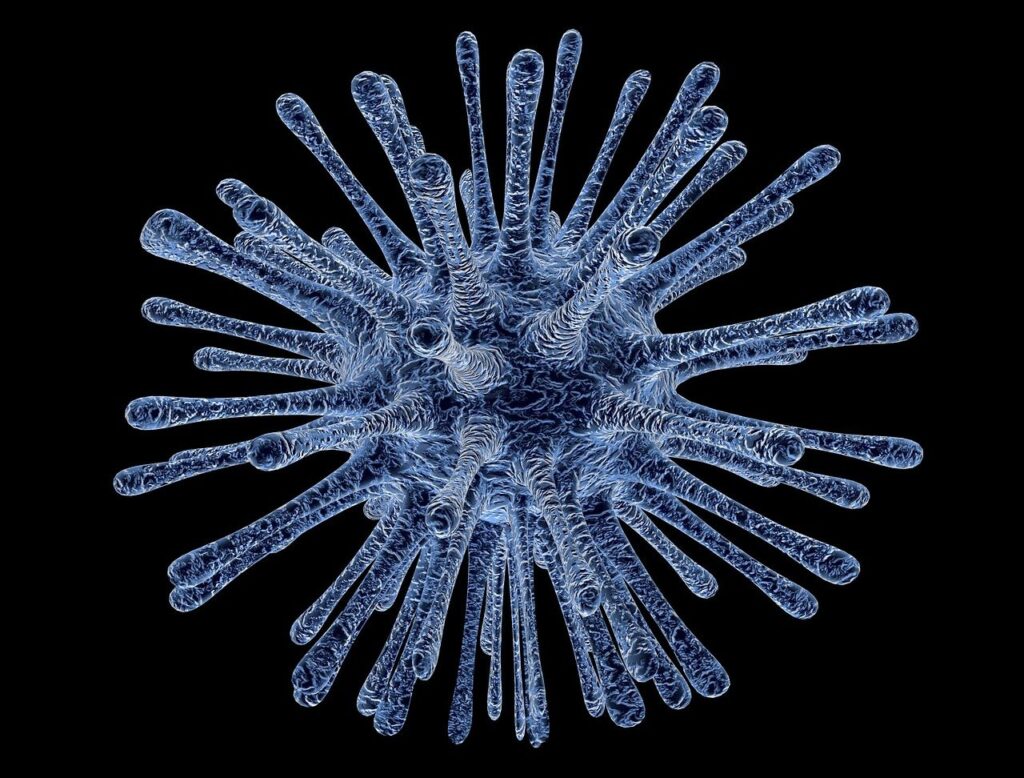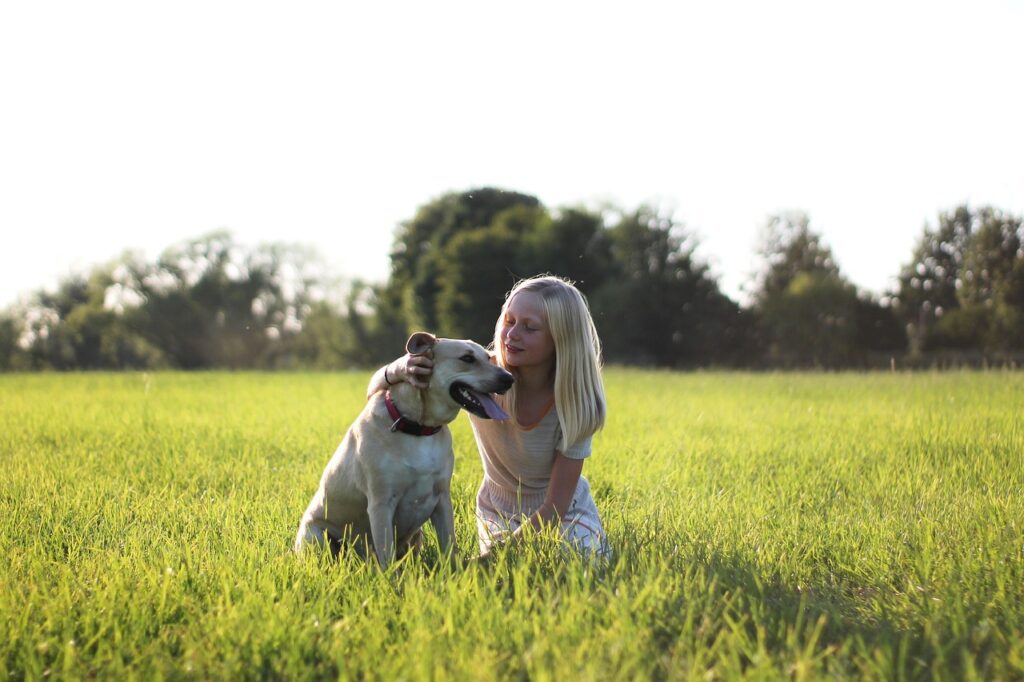Introduction
As temperatures continue to rise due to climate change, the world is witnessing more frequent and intense heatwaves. While humans are feeling the effects of these extreme heat events, our animal counterparts are equally vulnerable to the dangers of soaring temperatures. From domestic pets to wildlife, animals are facing unprecedented challenges as they struggle to adapt to the changing climate. In this blog post, we will explore the importance of protecting animals during extreme heat and discuss practical steps that individuals and communities can take to ensure the well-being of our furry, feathered, and scaled friends.
- Understanding the Impact of Extreme Heat on Animals
Animals, like humans, rely on stable environmental conditions for their survival. However, extreme heat can disrupt their physiological and behavioral patterns, leading to a host of negative consequences. Heat stress, dehydration, heatstroke, and even death are among the dangers animals face during heatwaves. Moreover, prolonged exposure to high temperatures can disrupt ecosystems, alter breeding and feeding habits, and push certain species to the brink of extinction.
- Protecting Domestic Pets
Our beloved pets are particularly susceptible to extreme heat. Dogs, cats, and other companion animals rely on us to provide a safe and comfortable environment. Here are some tips to ensure the well-being of your furry friends:
- Ensure access to clean and cool water at all times.
- Keep pets indoors during the hottest parts of the day.
- Avoid walking dogs on hot pavement to prevent burns on their paw pads.
- Provide shaded areas and consider using cooling mats or fans.
- Never leave pets in parked cars, as temperatures can soar to deadly levels within minutes.
- Safeguarding Wildlife
Wild animals are also at risk during heatwaves. As natural habitats are affected, animals may struggle to find food and water sources. To protect wildlife:
- Preserve natural habitats and maintain corridors for migration and movement.
- Set up water stations or birdbaths in your backyard to help birds and other small animals stay hydrated.
- Avoid disturbing wildlife during critical periods, such as nesting or breeding seasons.
- Support local conservation efforts and advocate for policies that address climate change.
- Farm Animal Welfare
Farm animals, including livestock, are vulnerable to extreme heat. Heat stress can lead to decreased milk production, reduced egg quality, and even death. Farmers can implement the following measures to protect their animals:
- Provide shade and proper ventilation in barns and shelters.
- Adjust feeding schedules to avoid the hottest parts of the day.
- Install misting systems or sprinklers to cool animals.
- Monitor animals closely for signs of heat stress and seek veterinary care when needed.
- Community and Collective Action
Individual efforts, while important, can only go so far. To make a significant impact, communities and societies must come together to address the challenges posed by extreme heat. This can include:
- Supporting and advocating for policies that mitigate climate change and reduce greenhouse gas emissions.
- Creating and promoting public education campaigns about protecting animals during heatwaves.
- Establishing emergency response plans for animals in the event of extreme heat events.
- Collaborating with local animal shelters, rescue organizations, and wildlife conservation groups to provide assistance during crises.
Conclusion
As our planet continues to warm, it is our collective responsibility to protect animals from the harmful effects of extreme heat. Whether through small actions in our daily lives or by advocating for broader policy changes, we have the power to make a positive difference for animals in need. By taking steps to ensure the well-being of our domestic pets, safeguarding wildlife, and prioritizing animal welfare in farming practices, we can create a safer and more compassionate world for all living creatures, even in the face of rising temperatures.









